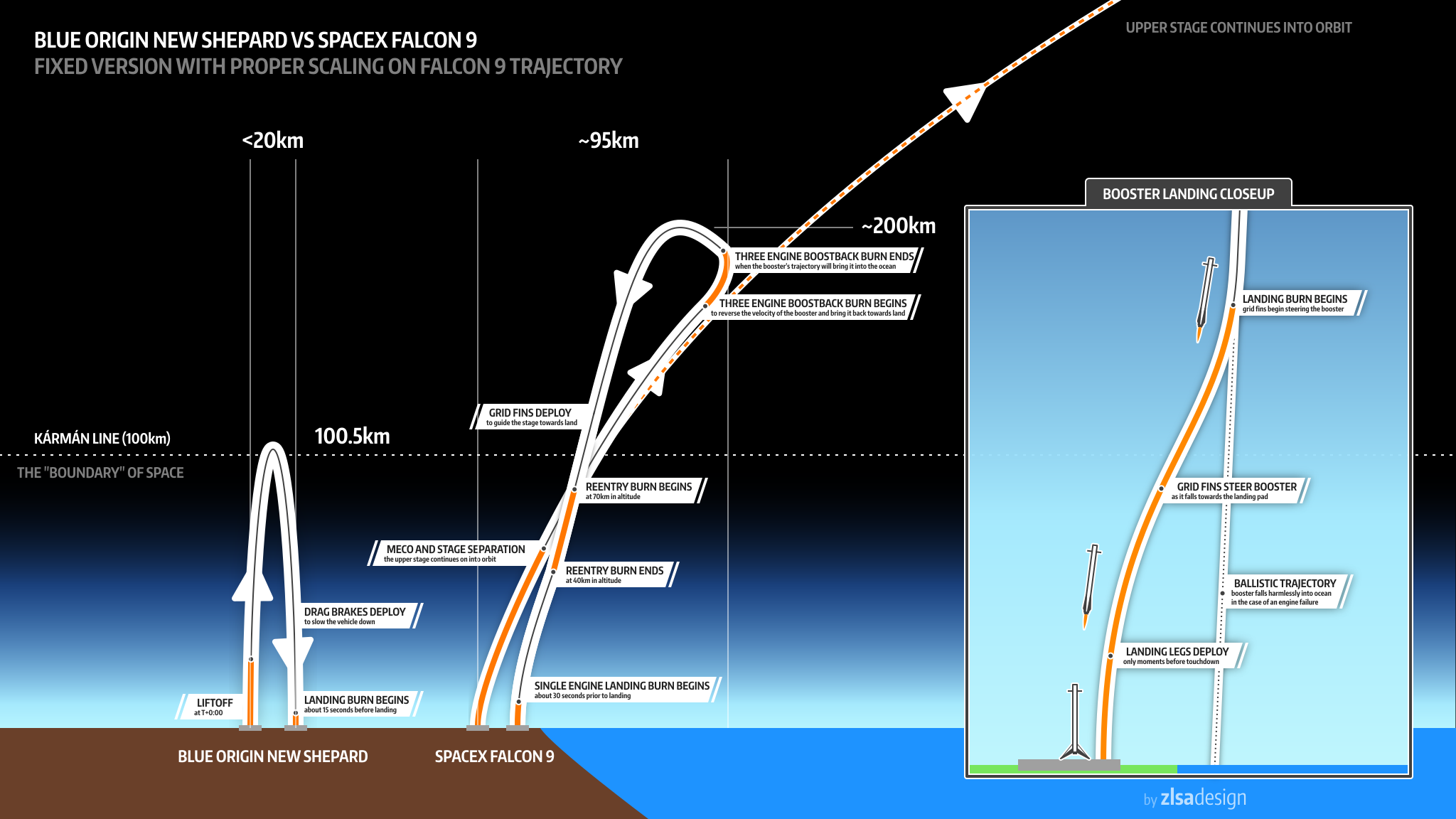Space technologies are booming again. Several private enterprises keep making the news with reports that they've hit yet another milestone. The latest development comes from Elon Musk's SpaceX.
The Falcon 9 is the first rocket that was able to land on the surface of the earth after deploying a satellite in orbit. On the other hand, Blue Origin had its reusable launch system, New Shepard, perform a successful take off that reached outer space (100.5 km/330,000 ft). Both innovations use different approaches than the well-known Space Shuttle, which lifted off like a rocket but could land like an airplane.
Musk’s latest innovation is all about landing his rocket onto a floating drone. In some ways, this ties into safety. Why would they try to land a rocket on a floating drone platform? The reason behind this is quite simple. Rockets are usually launched next to sea. If the rocket explodes during take-off, the remains just fall into open water. If everything goes well, where the rocket has delivered its package and then lands, gravity makes it follow a ballistic trajectory. This means without any additional power, the entire rocket lands on the ground via a calculated path. When we want to change this path - for example because we want it to touch down on land - the rocket will have to turn around, meaning that additional fuel is necessary for landing. However, if the rocket can just follow its trajectory, minimal power is needed to land.
By using a floating drone, a landing site can be shipped anywhere in order to reduce fuel consumption. The main purpose of saving fuel during landing is so that more fuel can be used during take-off. This allows rockets to carry more weight or to gain additional speed, making it easier for trips from Earth to space.
Click here to learn more about SpaceX's latest rocket ocean landing.
